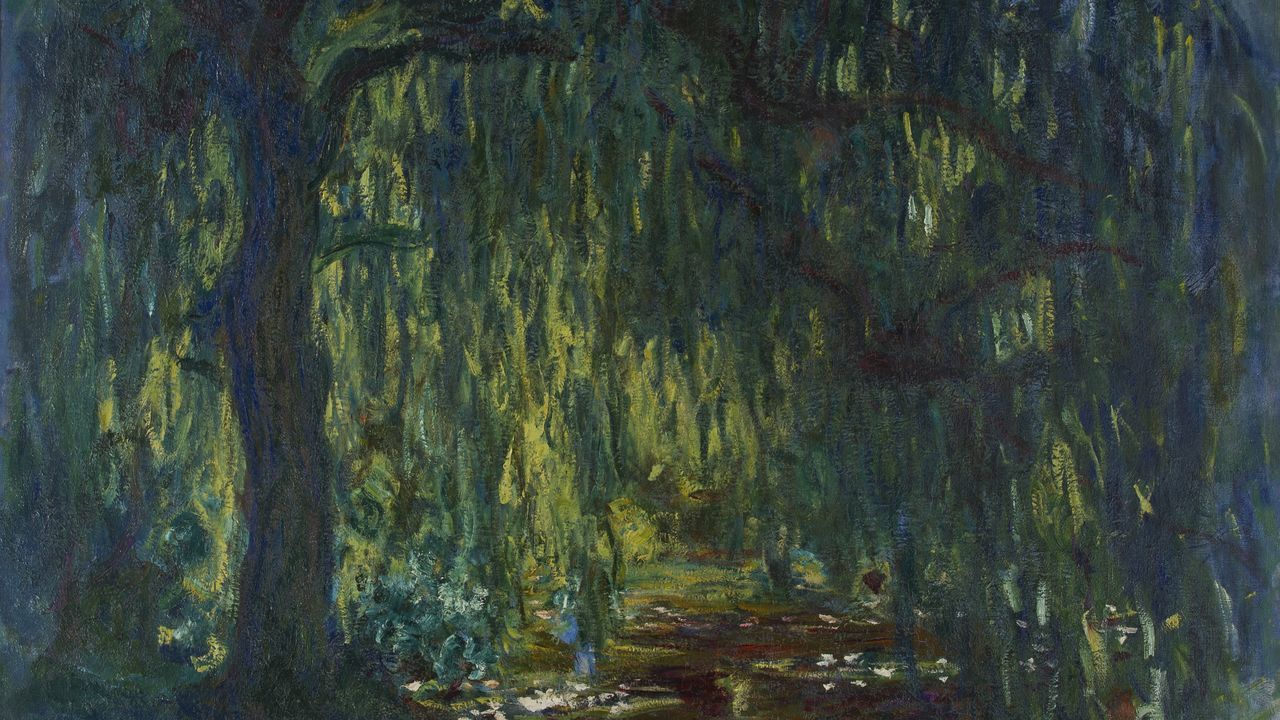Beethoven’s three Op. 59 String Quartets were revolutionary.
Written in 1806, six years after the composer’s initial Op. 18 set, the so-called “Razumovsky” Quartets were more complex, expansive in scale, and emotionally dramatic than anything previously conceived in the genre. Earlier chamber works were written for the entertainment of aristocratic amateur musicians. With this music, the string quartet moved decisively into the concert hall. Commissioned by Count Andreas Razumovsky, the Russian ambassador to Vienna, the Op. 59 trilogy was written for one of the first professional string quartets, led by the violinist Ignaz Schuppanzigh.
This radical new music left initial audiences bewildered. According to one review from 1807, “Three new, very long and difficult Beethoven string quartets…are attracting the attention of all connoisseurs. The conception is profound and the construction excellent, but they are not easily comprehended.” Beethoven’s student, Carl Czerny, reported that musicians found String Quartet No. 7 so incomprehensible that they laughed out loud, assuming the composer was playing an elaborate joke. “Surely you do not consider this music?” the violinist Felix Radicati reportedly said, to which Beethoven responded, “Not for you, but for a later age.”
This is the epic, revelatory music of Beethoven’s “heroic” middle period. John Dalley, the longtime second violinist of the Guarneri Quartet, describes the symphonic nature of this music:
In the Razumovsky Quartets the whole sonority of the string quartet undergoes a change. The four parts are more nearly equal in prominence; the lower voices have more resonance. The melodies have a more sustained cantilena quality. There is more of a ‘concerted’ sound – one could say a true string quartet sound – fuller and richer than ever before.
From the opening bars of String Quartet No. 7, Op. 59, No 1, we are drawn into a sublime musical conversation. The first movement begins with a sunny theme in the cello which is picked up by the first violin. The theme, which seems simple at first, grows, builds in tension, and heightens our sense of expectation. Defiantly, it resists resolution until it reaches a triumphant pinnacle which establishes the home key of F major. Soon, open intervals that are evocative of hunting horns suggest the pastoral majesty of nature. (F major is also the key of the bucolic Pastoral Symphony). The end of the exposition veers off into a false “repeat.” As the opening bars return, we assume that the traditional repeat of the exposition is underway. Then, without warning, we are hurled into the exhilarating turbulence of a development section so expansive that it gives rise to a fugue. An irrepressible process of development continues, even as the music reaches the recapitulation. (Listen to the way the first violin line emerges jubilantly from the propelling rhythmic motor and skips up to begin its statement of the theme at 6:30, only to move in a radically new direction). In the coda, the searching opening theme finds serene, blissful repose.
The second movement is a quirky synthesis of sonata form and scherzo. Beethoven’s marking, sempre scherzando translates as “always joking”. It begins with a fifteen-note-long “melody” on a single B-flat in the cello. (In response, the cellist of the Schuppanzigh Quartet reportedly picked up Beethoven’s score, threw it on the ground, and stomped on it at one of the first readings)! As the movement continues, the jokes get crazier. Rhythmic games obscure all sense of the downbeat. Playful, vigorous lines are traded from one voice to another. Wild, unpredictable outbursts suggests a kind of rugged good humor which is both terrifying and exhilarating. The final bars descend into laughter with a series of “wrong” notes.
The third movement anticipates the quiet mysticism of Beethoven’s late quartets. It’s music filled with solemnity, deep introspection, and melancholy. On the last page of his sketches for this movement, Beethoven wrote the cryptic phrase, “A weeping willow or acacia tree on my brother’s grave.” There has been speculation that this is a masonic reference. The first notes develop from an austere open fifth, a sound which returns us to the world of ancient chant. Simultaneously beautiful and haunting, this music feels like a cosmic elegy. At moments, it resembles the funeral march from the Eroica Symphony. The final bars drift off into a quietly shimmering cadenza in the first violin. A sudden lightness of spirit takes hold. The Adagio never officially ends. Instead, it crossfades directly into the final movement.
Paying homage to Razumovsky, the final movement is built on a Russian folksong, “Ah, Whether It’s My Luck, Such Luck” (Akh! talan li moi, talan takoi). Originally a lament, Beethoven transforms this melody into an exuberant and joyful statement. In the final moments, the theme drifts off into the ultimate dreamy repose before galloping to an exhilarating conclusion.
I. Allegro:
II. Allegretto vivace e sempre scherzando:
III. Adagio molto e mesto – attacca:
IV. “Théme Russe”: Allegro:
Recordings
- Beethoven: String Quartet No. 7 in F Major, Op. 59 No. 1 “Rasumovsky No. 1,” Takács Quartet Amazon
- Alban Berg Quartet (concert performance)
- Borromeo String Quartet (concert performance)
- Belcea Quartet (concert performance)
- Budapest String Quartet (1952 recording)
Featured Image: “Weeping Willow” (1918), Claude Monet

